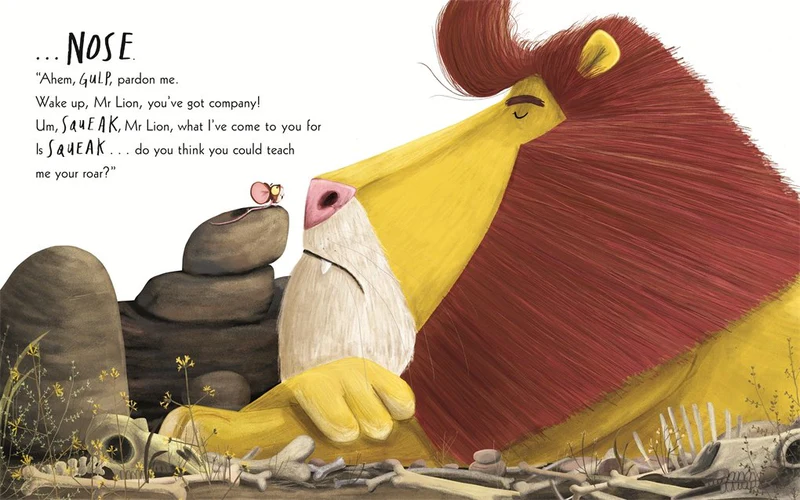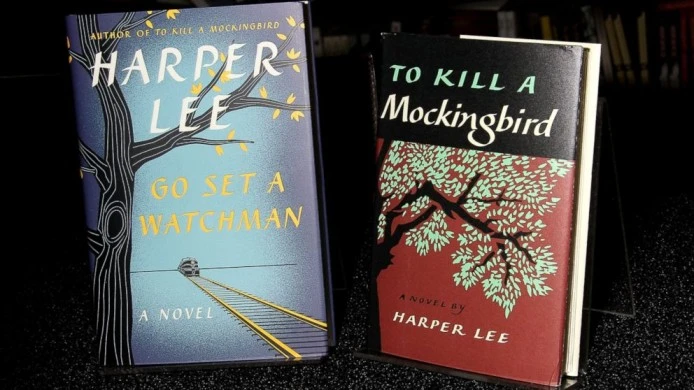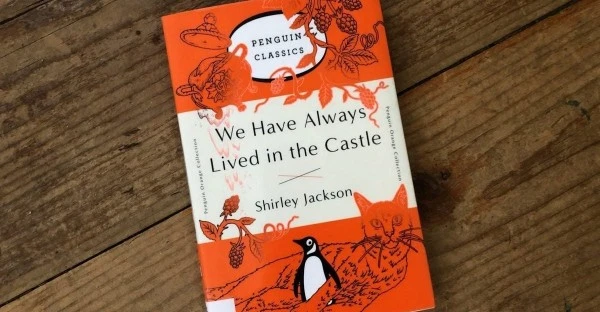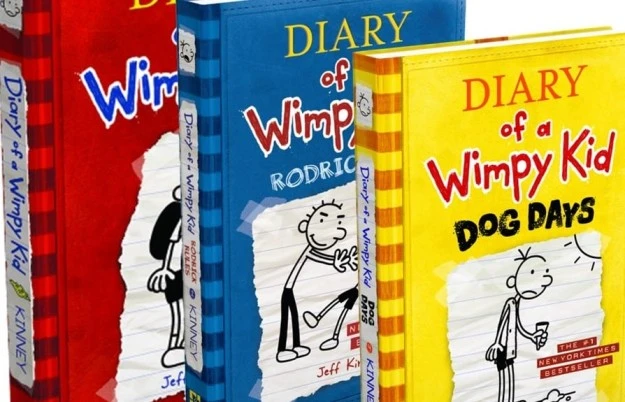Comics That Stare Into the Face of Terror and Loneliness

In 2013, the director and writer Rithy Panh released “The Missing Picture,” a documentary that covers the Khmer Rouge’s takeover of Cambodia and the atrocities perpetrated by that regime (formally known as the Communist Party of Kampuchea), which massacred nearly two million citizens during its almost four-year reign. Panh was 11 when his family was expelled from Phnom Penh, and he witnessed the death of his parents. “The Missing Picture” deploys animated clay figurines for its narrative, forcing viewers to confront how they see and imagine violence.
Panh writes the preface to Tian Veasna’s comics volume YEAR OF THE RABBIT (Drawn and Quarterly, $29.95), another important attempt to visualize from the inside what the experience of constant fear, cruelty and starvation was like for the millions of Cambodians imprisoned in brutal work camps, and murdered by the Khmer Rouge. Veasna, remarkably, was born just three days after the April 17, 1975, takeover, while his parents were on the run. Translated from the French by Helge Dascher, “Year of the Rabbit” chronicles the struggles of Veasna’s extended family, based on his interviews with surviving relatives. Veasna eventually immigrated to France as a political refugee.
This page-turner plunges us from the start into the chaos without the mooring — and the editorializing — of an overarching narrator (Veasna forgoes the first person entirely). It focuses tightly on the journey of one intergenerational family group (the family tree at the outset is helpful), who had been affluent and is therefore deeply suspect in the new regime. Veasna’s father, Khim, is a doctor who must pretend to have been a vendor, but whose medical skills and previous care of patients win him some favors at key moments in their story.
The comics form allows the book to balance two significant angles that are held in tension: It sticks closely with one family, helping readers understand through chronological progression and a close view how horror can become the stuff of the everyday. And each of its 21 chapters opens with what feels like its own prologue, a page or two that pulls back from the immediate story to offer information on a different scale and plane: maps, diagrams, organizational charts and embedded comics within the comic that reveal how the Khmer Rouge worked. Further, “Year of the Rabbit” uses the hybridity of word and image to dramatic and ironic effect, frequently allowing the propaganda blaring from speakers to be contradicted by the drawings that unfurl on the page.
Veasna’s line is loose and modest, particularly in his stripped-down rendering of faces. While printed on a white page, his panels are bordered in black and separated by black gutters, a technique that lends the book a dark tone and suggests the suffocating omnipresence of the Khmer Rouge. The book offers an eerie, muted palette of mostly secondary colors. Pages can feel waterlogged, drained of vibrancy; a queasy light green is a frequent backdrop.
“Year of the Rabbit” evokes, even if it can’t replicate, a taste of the relentlessness its central players and millions like them endured. When Veasna’s mother declares, “I’ve dreamed of this for so long — living without the constant fear of death,” it is striking, and moving. Veasna does not turn away from the brutality; I paused and read and reread a page in which children are killed during the elliptical moments comics are known for, in which the circumstances are clear (pickax, ditch) but readers themselves are put in the position of imagining the precise action outside the frame. But there are moments of beauty as well, as in a lovely silent panel of 4-year-old Veasna, eyes closed, draped on his father’s back as the two flee in the dead of night toward a refugee camp across the Thai border, the child surprisingly serene in the face of risk he cannot comprehend.
If “Year of the Rabbit” traces the movements of a drastically uprooted family, Yoshiharu Tsuge’s THE MAN WITHOUT TALENT (New York Review Comics, $22.95), translated from the Japanese by Ryan Holmberg, features a protagonist who is perhaps too deeply rooted — in Chofu, west of Tokyo, and particularly on its riverbanks, where the book starts and ends with him stubbornly and unprofitably selling stones.
This edition marks the first English-language translation of an influential classic from a revered creator of gegika manga (dramatic, adult-oriented comics). Tsuge — who became famous publishing in Japan’s alternative comics magazine Garo in the late 1960s — first serialized the six chapters of “The Man Without Talent” in the mid-1980s; in 1987 he quit making comics, and the book has enjoyed cult status ever since. (A movie version appeared in Japan in 1991.)
Driven in equal parts by sincerity and irony, in a style both spare and lush, the book centers on a revaluation of the crafts, and knowledges, that attend trades and practices one could call deliberately out of step, slow, inefficient, old-fashioned. Its cast of melancholy male characters includes Sukezo Sukegawa, a former cartoonist and the titular protagonist; Yamai, a used-book seller; an unsuccessful bird shop owner, and an uncanny bird catcher; and the (historical) wandering 19th-century haiku poet Seigetsu, who is both a drunk and selfless to a fault. With varying degrees of abjection and attachment to Romantic art, they are all on the edges of society.
The characters also include Sukezo’s beyond-irritated wife and their small son, Sansuke, whose cherubic face often wears a heartbreakingly heavy expression executed with masterly simplicity by Tsuge. Mother and son pass out fliers in their large apartment complex to scrape together enough money to subsist; Sansuke serves to anchor his father, fetching him on foot daily at the riverbank, declaring simply, “It’s time to come home.” In the chapter “Selling Cameras,” Sukezo takes his son to the local Tenjin shrine, where once a month a flea market is erected. “Selling Cameras” brings together two of the book’s major themes: its affection for “talentless” professions and proclivities, and its profound ability to reveal a texture of the everyday — particularly in family interactions.
Arriving at the market, Sukezo muses: “Whenever I get sad and lonely, this is where I go. … They are all bottom-crust businessmen. Their air of poverty soothes the soul.” (Lest this book seem too downcast, it should be said Tsuge is often very funny.) Sukezo recalls his own ultimately failed career as a used-camera repairman and salesman, while celebrating the eccentric antique and junk dealers who were open and generous with him despite their own lack of means; his mentor, Mr. Nakata, continues his kindness into the present day, consoling Sansuke at the market with octopus dumplings.
Sukezo’s flashbacks include a rainy evening transporting a box of cameras — and his son — on his bicycle. When the box breaks, the cameras spill out into the rain and Sansuke won’t stop wailing; the father loses his temper and smacks him. The next, final panel of the page, which spans its entire width and is free of dialogue, pulls back to show us the father embracing his son while the rain pours down on both of them.
While “The Man Without Talent” is by turns mysterious, philosophical and slapstick, it is also tender, capturing the moment-to-moment shift in emotions of a frustrated man who nevertheless loves his child. In a book about valuing the left behind, Tsuge shows us what is never actually at risk of being forsaken.




